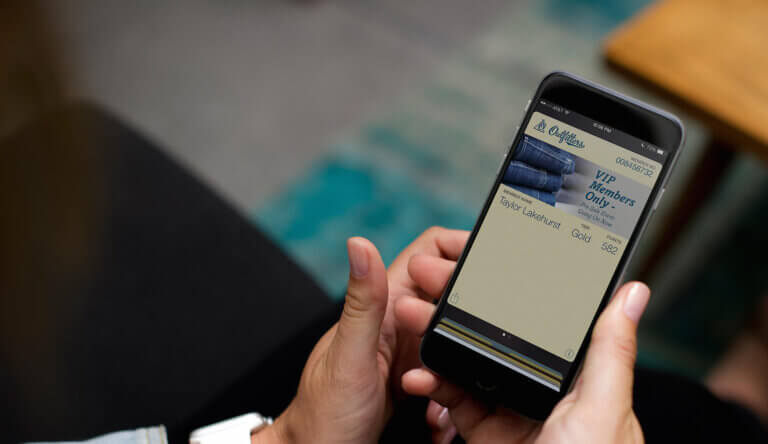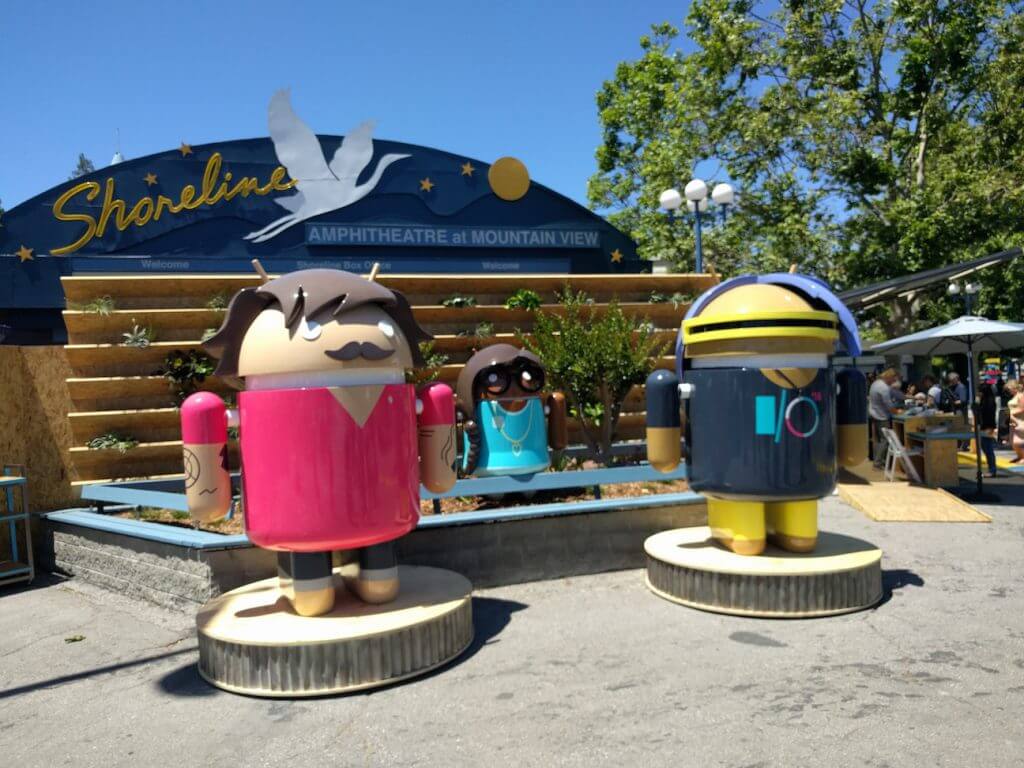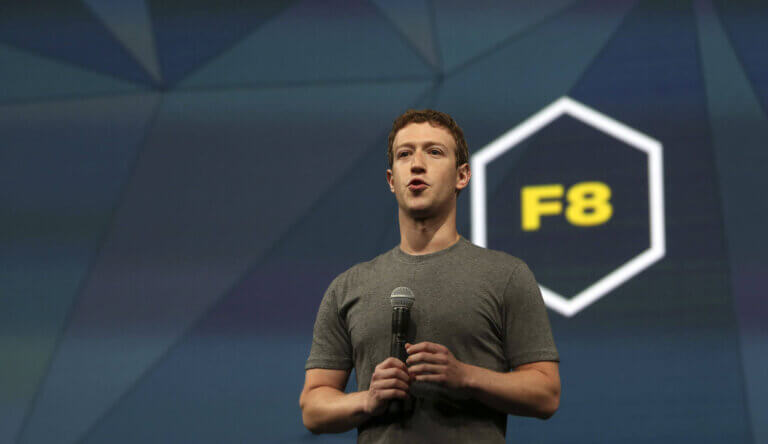
Google I/O 2016: Our 7 Biggest Takeaways

Share to my network
In this article
Categories
Book a meeting
Connect with our team of experts to discuss your conversion and loyalty goals, and how we can help you achieve them faster.
Get a demoIt’s that time of year again. Developers get their hands on the latest mobile platform capabilities and clued-in consumers get a glimpse of what’s to come. As the tenth Google I/O, it was exceedingly clear how all of Google’s expertise is coming together to unlock new experiences — whether it’s on your wrist, in your car, on your device or throughout your home.
Several Airshippers attended I/O this year, while many more of us watched via livestreams. Check out a few pics and read on to see what we found to be 2016’s most surprising and noteworthy unveilings.
Android Pay: Deep Links Support Ready On Day One
These developer-centric events are always chock-full of vision and what’s coming next, amping up the builders to create new experiences that will be in consumers’ hands in months. So maybe it shouldn’t have been surprising that “enhancements” to Android Pay’s marketing capabilities weren’t covered in the keynote. However, we’ve been waiting for these feature releases for some time, which will greatly improve distribution of Android Pay wallet passes. New deep linking functionality bypasses the need to setup a landing page, and enables users to simply click an “Add to Android Pay” button that’s been embedded into an email, web page, etc., to seamlessly add coupons, loyalty cards and much more to their mobile wallet. We’re proud to be able to say we support this new capability from the moment Google announced it in an afternoon session yesterday.
We were also excited to see Android Pay strengthen payments and loyalty support with a two-tap experience where a demonstration showed how Walgreens loyalty rewards were applied via a tap at the register, followed by a payment tap. This addition better marries customer-centric benefits to the mobile payment process and answers the missing link in mobile payments adoption.
Another cool, new Android Pay feature is being able to access receipts that offer the ability to immediately add a brand’s loyalty card to a user’s mobile wallet without filling out a bunch of information. Additionally, with its Chili’s demo, Google showcased the ability to easily add customers to loyalty programs via a single NFC tap at the register. These fundamental enhancements will help brands move from transactions to customer acquisition, enabling more businesses to adopt mobile wallet marketing and have a lightweight but highly visible mobile connection to their customers.
There were several announcements at I/O that we found particularly compelling, and it was refreshing that Google didn’t shy away from being seen as following in other tech giants footsteps. Their confidence in this fast-follow approach has everything to do with the massive amounts of data they’ve been collecting for 17 years and the advanced science they’ve been applying all along the way. From search and knowledge graphs, to image recognition, natural language processing, AI and machine learning, Google is poised to introduce new and wondrous experiences for developers and users alike.
Google Assistant
Google Assistant brings “conversational understanding” to make search more natural, voice-driven and comprehensive. Say something like “Did my team win?” and it will understand from prior behavior which favorite team you are referring to. Follow on with “Who was the highest scorer?” and it will carry that context forward. From the music and apps on your phone, it’s going to get a lot easier to immediately play media or execute tasks in a much more user-centric way.
Google Home
Google Home is a voice-activated home product that brings Google Assistant into the home, enabling you and your family to search Google, stream music, manage everyday tasks, invoke actions from apps and control your smart home. Beam music to all the speakers in your house or just play in “the living room.” This product is similar to Amazon Echo, and Google even gave a hat-tip to Amazon when introducing it.
We loved seeing a video of a woman planning a trip to Portland who had just been notified her flight was delayed 30 minutes. She asked Google Home to move her dinner reservations forward 30 minutes at Andina, an Urban Airship-favorite, and voila! Like magic, her new reservation time was confirmed with hooks to OpenTable. Google Home will be released later this year.
The Google Home device, shown here in a living room, will be available later this year.
Google Allo
Google Allo is a messenger app that brings Google inside the chat you are having with your friends.
Allo uses natural language processing, image recognition and machine learning to provide buttons in chat strings for easy/even human replies called Smart Replies. They joked that their algorithm is 90% accurate for determining if a picture of a dog is worthy of a “cute dog” response. It was great to see how easily information from the Web or apps were brought into chat strings seamlessly, offering businesses another way to interact with groups of users naturally and with less friction.
Android Wear 2.0
Heralded as the biggest update ever to Android Wear, and Google emphasized that you don’t need your phone for this watch to work — the Google Fit platform automatically tracks activity without your phone being present.
We really like how watch faces can show data from any app. One glance provides not only the current time but calories burned, stock trends and a number of task reminders. Developers can download a preview of Android Wear 2.0 now.
Android Instant Apps
One of the most fascinating announcements at the keynote was Android Instant Apps, the culmination of Google’s experiments with app streaming. Now when someone clicks a link, app content can immediately be served without requiring that person to have downloaded and installed the app.
Android Instant Apps works by splitting apps into different modules, then fetching only the necessary modules to perform the function of the link you clicked on, such as points on a map, a video, some home listings, a payment system or whatever.
The implications of this are pretty huge for app developers and marketers — now more people will be able to experience the content and functionality of your app with essentially zero friction. Capabilities like this will help solve app discovery challenges and drive greater reach and user acquisition once your app provides the perfect solution to a user’s immediate need.
Firebase
Google also announced major enhancements to Firebase, the backend-as-a-service company it acquired in 2014. Firebase is now more integrated with other Google cloud services, adding mobile analytics, crash reporting, storage services and support for notifications.
Google’s Firebase offers developers a more complete set of tools and services to quickly create and grow apps, which will mean even more future demand for experts and specialized solutions to take things to the next level. We’ve seen the rising tide many times before with Microsoft, Amazon and most recently (but for opposite reasons) Facebook, and we will be there to greet developers with white-glove service, deep industry expertise and real-time capabilities that can make an even greater difference.
What new capabilities are you focused on taking advantage of in the future? Let us know on Twitter or LinkedIn as we’d love to help you utilize the latest technologies coming out of major mobile platforms to better serve and engage with your customers.


